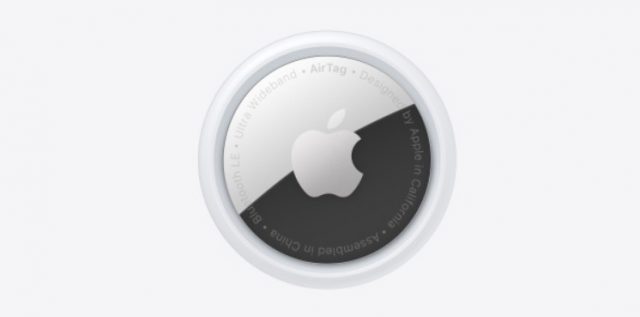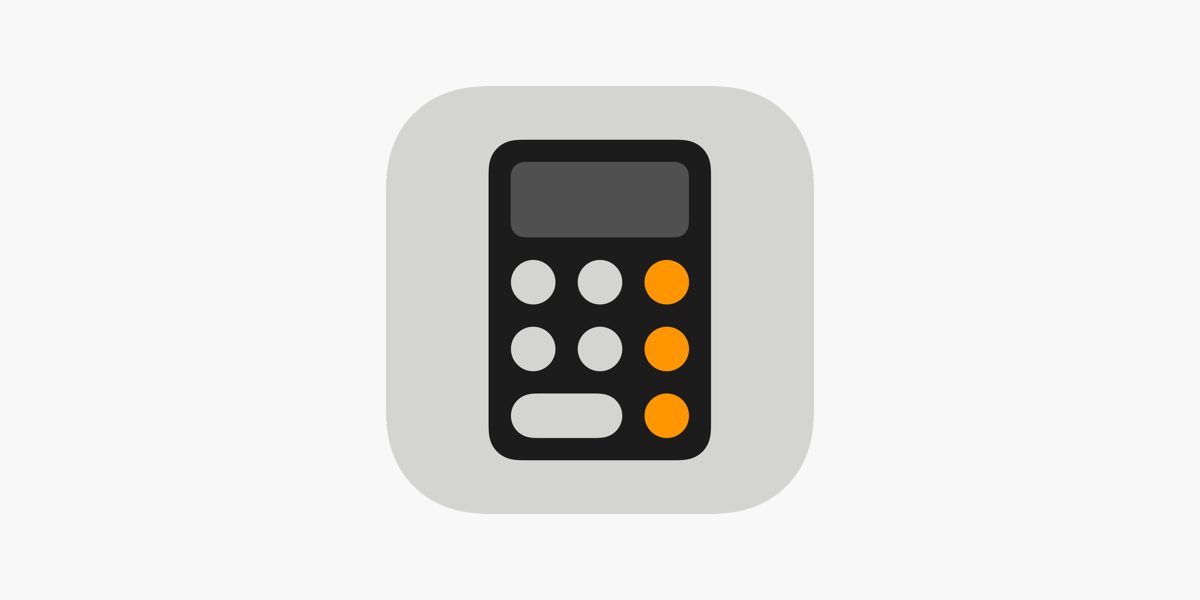
Apple Execs Talk AirTag Development Process in New Interview
A number of Apple execs have opened up about AirTags and their development process.

A new report from Fast Company notes that Apple executives Kaiann Drance and Ron Huang spoke to Fast Company’s Michael Grothaus about AirTags, and there were a few interesting tidbits.
One of the things they explained was the AirTag feature called Pairing Lock:
AirTags also have a unique security feature called Pairing Lock, which protects against people who may find your lost item and snatch the AirTag from it to use as their own. Huang likens Pairing Lock to the iPhone’s Activation Lock. “It means that if you lose your AirTag, somebody can’t just pick up your AirTag, re-pair it with their phone, and continue using it,” he says. “This has been really impactful for the iPhone and we think it will be for AirTag as well.”
Another interesting tidbit included the question posed whether AirTags could be used for users’ pets:
When I asked Drance about parents using AirTags to track their small children (such as during an outing at an amusement park) or pets (we know you’re up to something shady, Fluffy) she was quick to stress that the company designed the AirTag to track items, not people or pets. If parents would like to safely track their young children, she suggests an Apple Watch with Family Setup might be a better choice.
As for strapping an AirTag to a pet, Drance says, “If people do that, they just have to make sure that their moving pet gets into range of a device in the Find My network” so its location can be tracked.
In regards to lost AirTags, Huang explained that if someone finds on, they won’t be able to pair it with their iPhone. Both execs noted that the AirTags uses Apple’s Find MY network in order to keep the user experience secure and private:
This entire process is end-to-end encrypted so that no one but the owner of the AirTag—not the owners of the crowdsourced devices picking up the AirTag’s location or even Apple itself—ever has access to the AirTag’s current or past location. And the Bluetooth identifiers that AirTags emit are not only randomized but “are rotated many times a day and never reused so that as you travel from place to place with the AirTag, you cannot be re-identified,” Huang says.
Drance and Huang are also keen to note that though almost a billion Apple devices act as a crowdsourced monitoring network that helps keep track of AirTags, the AirTag owner can never see which devices its AirTag’s location is pinging off of or who owns those devices.
Overall, the interview is very interesting and worth the read, and this writer is excited to pick up a few!

